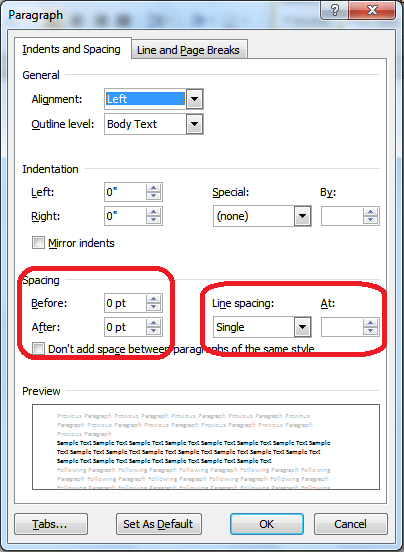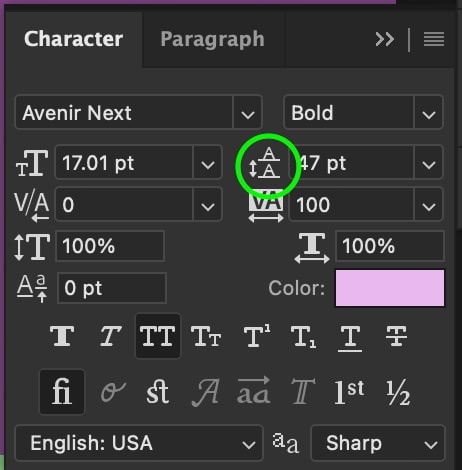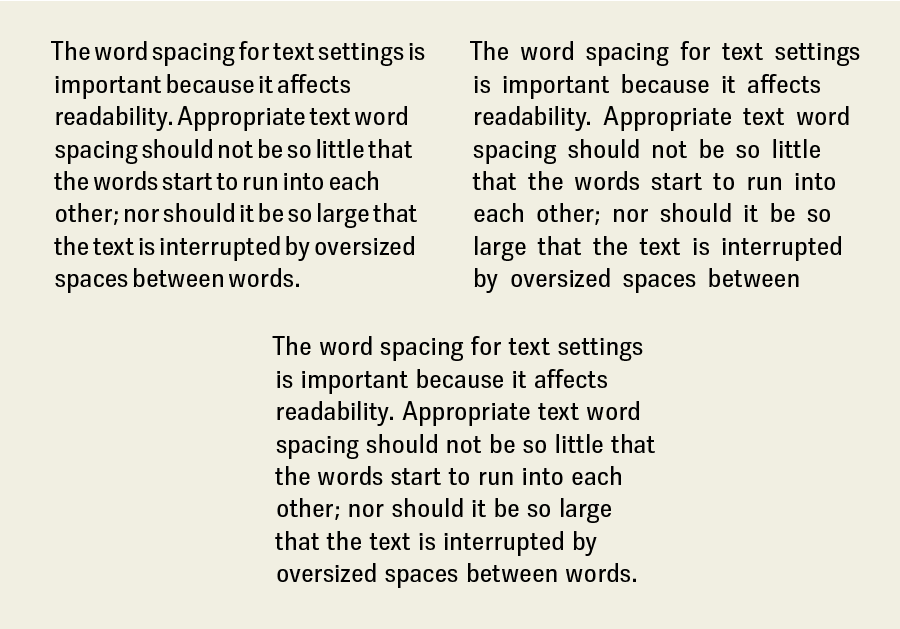
Or, select Options for “Grammar” or Options for “Punctuation Conventions” to reopen the Grammar Settings dialog box.
How to fix sentence spacing between words in word pro#
Pro Tip: Select See More to open the Editor pane.

Select the correction from the pop-up menu. Right-click on the extra space mark (the red dotted line or blue double lines).Ģ. Extra spaces between words will be marked with blue double lines.ġ. Once you have customized your proofing options, Word will flag extra spaces as you type.Įxtra spaces between sentences will be marked with a red dotted line. Select the OK button to close the Word Options dialog box. Select the OK button to close the Grammar Settings dialog box.ĩ.

Select one space in the Space Between Sentences drop-down menu in the Punctuation Conventions section.Ĩ. (This option flags extra spaces between words, not between sentences.)ħ. Select Spacing in the Grammar section of the Options menu in the Grammar Settings dialog box. Select the Settings button in the spelling and grammar section.Ħ. (Note that Word for Office 365 no longer includes the “Check grammar with spelling” option and instead includes grammar by default.)ĥ. Ensure that Mark grammar errors as you type and Check grammar with spelling are selected in the spelling and grammar section. Select Proofing in the Word Options dialog box.Ĥ. (Use any number less than or equal to 9.99: A value of 1.25 would be equal to 25% more than single-spacing, while a value of 3 would equal triple-spacing).Customize Word’s Proofing Options to Find Extra Spacesģ. Or select Multiple and add a value to the At box. To change the spacing above and within a paragraph, use the Line Spacing options: Single, 1.5 Lines, or Double. Justified adds spacing between words so that the lines of text touch both the left and right margins, except for the last line of the paragraph, which uses normal word spacing. To change the horizontal placement of text, in the Alignment box, choose Left, Center, Right, or Justified. (Use any number less than or equal to 9.99: A value of 1 would equal single-spacing, while a value of 3 would equal triple-spacing). (The bigger the point value, the wider the spacing.) Or select Multiple and add a value to the At box. Or select Exactly and then add a point value (between ) in the At box. This number can be any whole number or a decimal, such as 6.5. To change the spacing above or below a paragraph, type or click the arrows next to Before or After. Indentation is measured in inches, and it can be any whole number or decimal, such as 1.2 inches. You can use the Special options to only indent the first line, or to add a hanging indent. To add indentation or change the amount of indentation before text, select or type a number in the Before text box. Distributed is similar to Justified, but even the last line touches both the left and right margins, with space added between words and letters, as necessary. To change the horizontal placement of text, in the Alignment box, choose Left, Center, Right, Justified, or Distributed. Here are the options available in the dialog box: On the slide, select the text that you want to change.Ĭlick Home, and in the Paragraph group, click the dialog box launcher.

Unless told to do otherwise (e.g., obeyspaces), it actually discards the spaces that you type when it processes your file. There are more detailed spacing options available in the Paragraph dialog box: The TeX program does not really use spaces in its output.


 0 kommentar(er)
0 kommentar(er)
